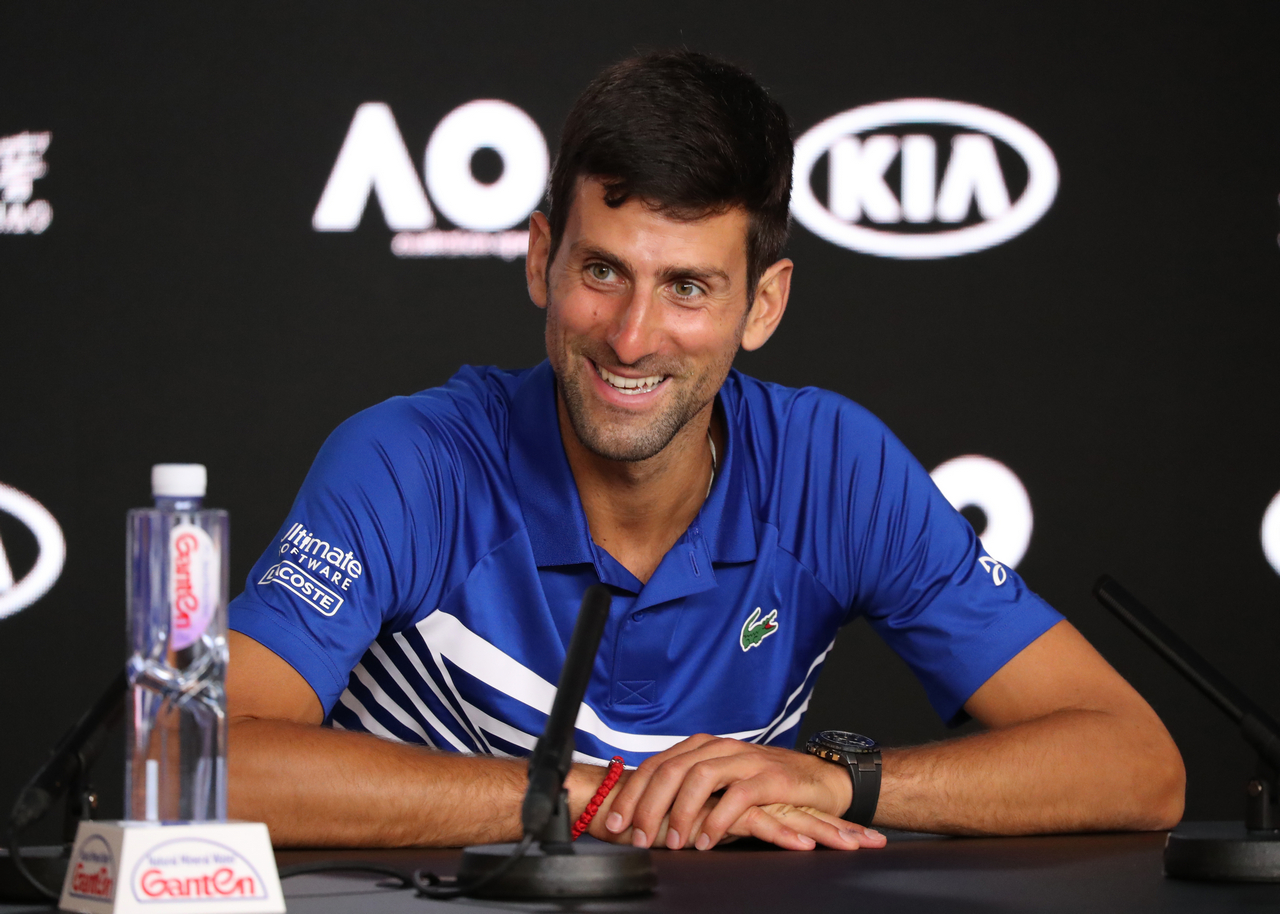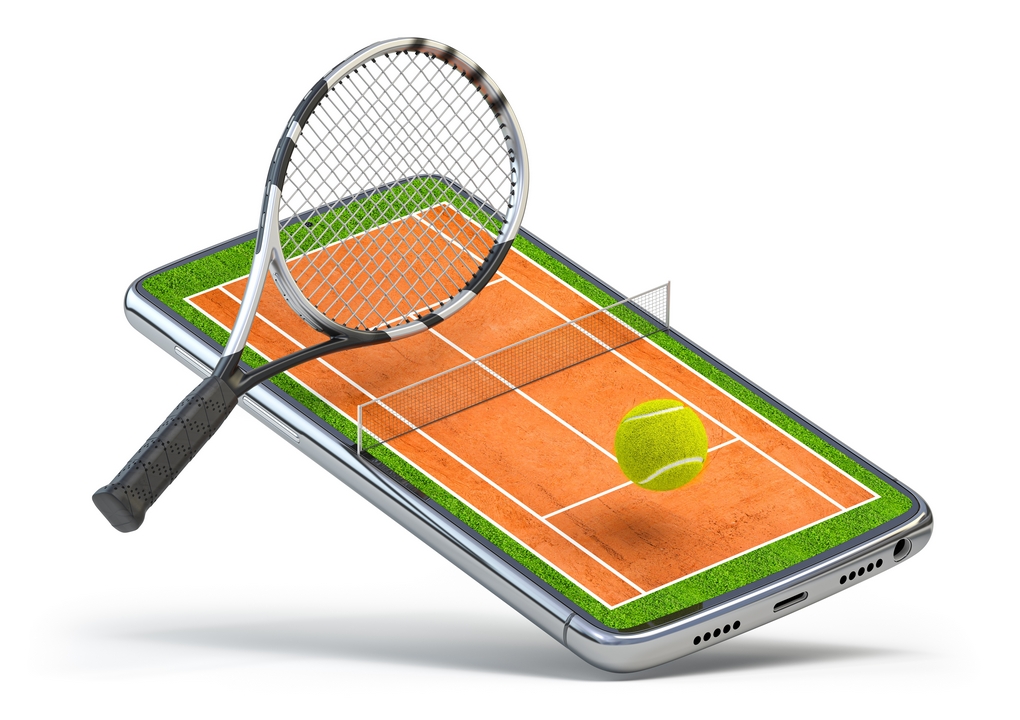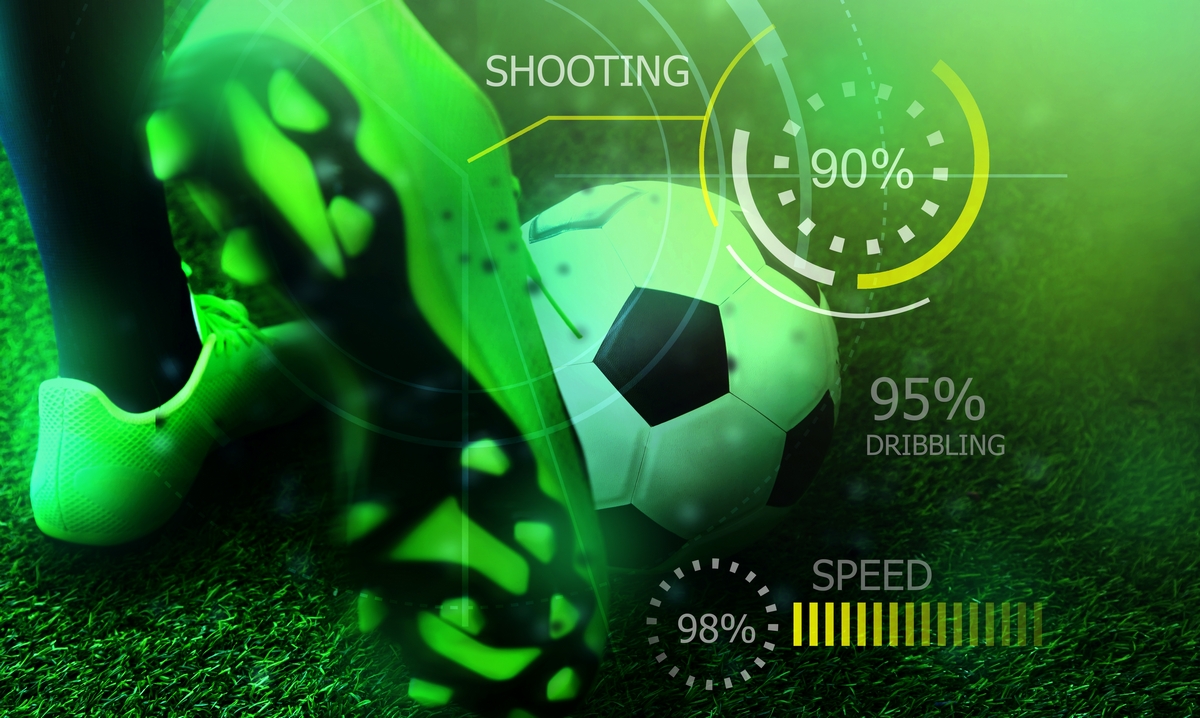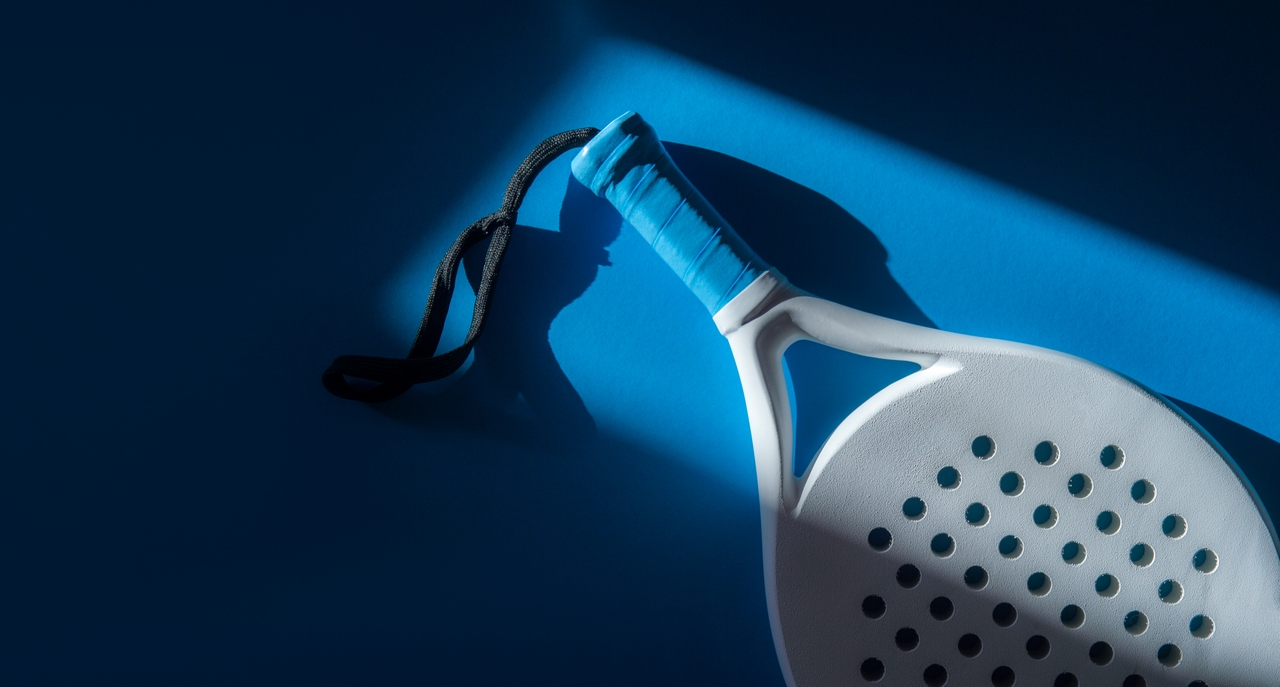Mastering the Art of Hitting in Badminton: A Technical Guide
July 19, 2024
Badminton is a sport that demands precision, speed, and finesse, particularly when it comes to hitting the shuttlecock. In this article, we'll explore the fundamental technical aspects of hitting skills in badminton.
The Foundations of Effective Hitting
Before delving into specific strokes, it's crucial to understand the biomechanical principles that underpin effective hitting in badminton. These principles include:
- Backswings: Generating force through muscle stretch and recoil.
- Coordination: Utilizing big muscles to small muscles for maximum power.
- Rotation: Employing whole body, upper arm, and lower arm rotation.
- Bending and Straightening: Using joint flexion and extension for power generation.
Understanding these principles helps players develop more powerful and efficient strokes.
From Catching to Hitting: The Developmental Pathway
The journey to mastering badminton hitting skills begins with fundamental movement patterns. Coaches should focus on:
- Developing catching and throwing skills.
- Introducing striking skills with the hand.
- Progressing to hitting with very short and then long grips.
These foundational skills help players develop the hand-eye coordination and spatial awareness necessary for effective badminton play.
Grips: The Foundation of Stroke Production
Proper grip technique is essential for executing various badminton strokes. The manual emphasizes the importance of teaching different grips, including:
- Basic grip
- Thumb grip
- Panhandle grip
Each grip serves a specific purpose and is used for different types of shots.
Basic Strokes: Building the Player's Arsenal
The manual covers a wide range of basic strokes, including:
- Serves: Backhand flick, backhand low, forehand flick, forehand low, forehand high.
- Forecourt Strokes: Net shots, net lifts, net kills.
- Midcourt Strokes: Blocks, drives.
- Rearcourt Strokes: Clears, smashes, dropshots.
For each stroke, coaches should focus on teaching:
- Where and when to use the shot.
- The tactical purpose of the shot.
- Proper technique (preparation, backswing, forward swing, follow-through).
- Progressive practice methods.
Developing Deception and Variety
As players progress, the importance of deception and shot variety increases. Coaches should encourage:
- Experimentation with slicing overhead shots.
- Developing spin techniques for net shots.
- Making different shots look similar to keep opponents guessing.
Integrating Movement and Hitting
While focusing on hitting skills, it's crucial to integrate movement into practice sessions. This helps players develop the ability to execute shots from various court positions and prepares them for real game situations.
Practice Strategies
To develop hitting skills effectively, coaches should employ a variety of practice methods, including:
- Shadow practice with and without a coach.
- Hitting suspended shuttles.
- Partner feeding drills.
- Progressive rallying exercises.
- Game-like situations with controlled variables.
Conclusion
Mastering hitting skills in badminton is a complex process that requires attention to biomechanical principles, proper grip techniques, and a wide range of strokes. By focusing on these technical aspects and employing varied practice methods, coaches can help players develop a solid foundation of hitting skills.
Remember, the key to successful coaching lies in progressive skill development, integrating movement with hitting, and encouraging players to develop deception and variety in their game. As players advance, they'll be able to combine these technical skills with tactical awareness, leading to more effective and enjoyable badminton play.







